Edna Wallace Hopper
Edna Wallace was born in San Francisco, California. She frequently lied about her age but most accounts suggest that she was born in 1872. She took to the stage in 1891 after meeting Roland Reed while he was playing in San Francisco (Strang, 1900, p. 109). Her first role was Mabel Douglas in ‘The Club Friend’ in Boston. She travelled with the play to New York where she met and became the third wife of the performer and producer William DeWolf Hopper [1858-1935] in 1893, divorcing him in 1898. In 1908, she married the Wall Street stockbroker Albert Oldfield Brown [1872-1945]. They separated in 1913 but she refused to give him a divorce so they were still married on the day he died.
Edna was less than five feet tall (approx. 150 cm), had a vivacious personality, grey-blue eyes, a good set of legs, which she frequently displayed, and a light singing voice. Her acting abilities, physical features and personality were not suited to dramatic roles so she usually played an ingénue in a stage play or a soubrette in musical comedies. These roles went to younger actresses and this put pressure on Edna to maintain her youthful looks. Her height and facial features meant that she looked a lot younger than her real age but she also exercised regularly to keep herself trim and supple.
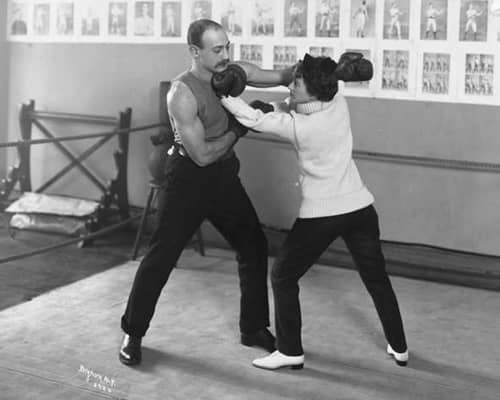
Above: 1899 Edna Wallace Hopper boxing with Jack Cooper.
As Edna approached fifty she decided to undergo plastic surgery and other rejuvenating medical procedures to help maintain her youthful appearance. Exactly how many facial operations Edna had is an open question. Some have suggested there were three, undertaken in 1919, 1926, and 1940. The first of these may have been done in Los Angeles, California by Dr. Gertrude Steel who advertised herself as a “Cosmetic and Plastic Surgeon for Both Sexes—Skin and Feature Specialist” (Variety advertisement, December 30, 1921, p. 44).
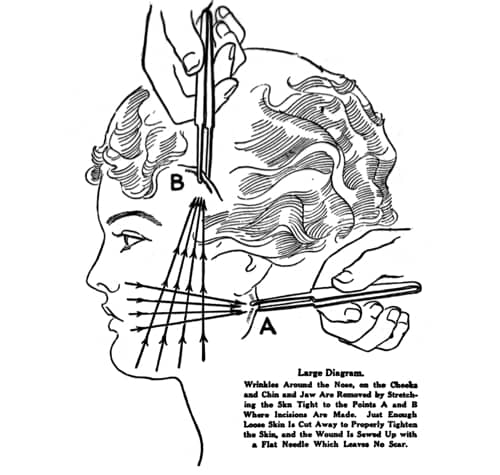
Above: 1920 a drawing from a newspaper article describing the processes involved in a face-lift undergone by Eva Tanguay, Blanche Bates, Maxine Elliot, Edna Wallace Hopper and other stage celebrities (The Washington Times).
I have not been able to verify the 1926 operation but there are photographs of the 1940 face-lift carried out by Dr. Irving Daniel Shorell [1898-1971] at the LeRoy Sanitarium in New York. His operation tightened the underlying muscles of the face rather than just the skin which reduced the mask-like effect created by earlier face-lift operations.
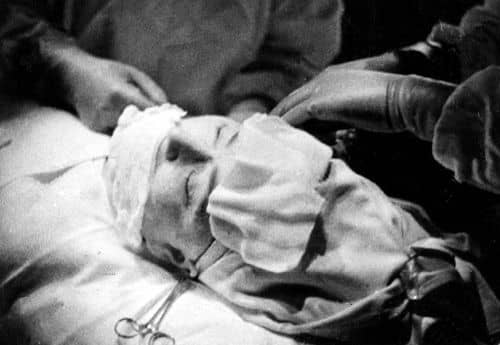
Above: 1940 Edna Wallace Hopper undergoing facial surgery at the LeRoy Sanitarium in New York.
There also appears to have been an operation in 1921 which Edna Wallace Hopper had filmed. It was performed by Dr. J. Willis Amey of 306 West 75th Street, New York, possibly assisted by Dr. Louis Berne, described as a noted surgeon from Vienna.
During her frequent trips to Paris Edna also received rejuvenating medical treatments conducted by Dr. Hélan Jaworski [b.1880]. These involved injections of blood plasma taken from a young person, possibly even a child.
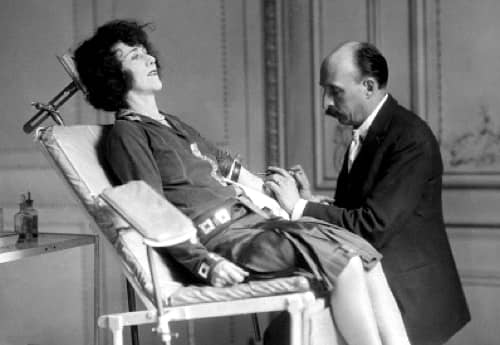
Above: c.1925 Edna Wallace Hopper receiving an injection from Dr. Jaworski in Paris. The treatment consisted of twelve injections, each of about 5 grams of plasma. The effect was supposed to last from three to four years.
By 1922 – when she was approaching fifty but claiming to be sixty – Edna Wallace Hopper was getting as much attention for her ‘agelessness’ as she was for her stage roles and was well on her way to becoming the ‘The Eternal Flapper’.
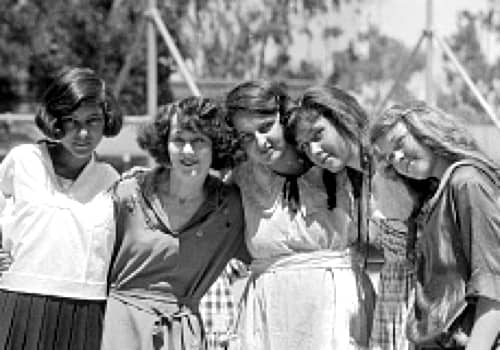
Above: 1922 Edna Wallace Hopper (second from the left), her age listed as sixty, photographed with a group of young ‘flappers’ most of whom are sixteen years-old.
Edna lied about her age to help her capitalise on her recent plastic surgery. In a 1931 interview, she revealed that she had lost money in the stock market crash of 1920 (Lazar, 1931, p. 73) and had gone on tour to help rectify her financial situation. Her interest in the stock market may have come from her marriage to Albert Oldfield Brow. The 1921 operation was widely reported in the press and she showed the film she had taken of it – called ‘The Facial Side Lift’ – as part of a vaudeville act she gave in various cities across America.
Opera House (Shubert)
Who would ever have thought that Edna Wallace Hopper would beat the illustrious Ponce de Leon in his quest for the fountain of eternal youth? Such is the case, however, and this week the little lady is giving visible proof of her successful search. She is the same little Edna we knew in the early ’90s, so far as personal appearance goes, and the magical results from plastic surgery, give occasion for headline position. The act embraces the showing of a moving picture portraying the operation and a song number, but the big attraction was the return of youthfulness, and this registers high.
Sunday’s matinee drew a big house, and good entertainment was the order of the day.(Variety, December 9, 1921, p. 21)
As noted in newspaper reports, Edna’s act contained advice to women on how to stay young. This incorporated her entire morning routine, including her exercises, bath and dress for the street. Part of the performance involved a demonstration of how to take a cold bath, a routine that allowed Edna to show off her legs.

Above: 1923 Edna Wallace Hopper recommended cold baths for all women. She demonstrated the method she used during her vaudeville act. Sitting on the side of the bath, she kicked her feet into the air and then lowered herself into the bath so that her spine was the first part of the body to strike the cold water.
It was on this vaudeville tour that Edna met Claude C. Hopkins.
Claude C. Hopkins
Claude C. Hopkins is considered to be one of the founders of modern American marketing. After joining the Lord & Thomas advertising agency in 1907 he became their chief copywriter. By the early 1920s he was planning to leave the firm and start new businesses. Mulling over ideas he recognised that cosmetics would be a major growth industry in the 1920s and because of this became interested in Edna Wallace Hopper. His initial meeting with her may have taken place in February 1922, when Edna came to Chicago with her vaudeville act and made an incidental appearance at the Mandel Brothers department store.
One morning Mandel Brothers announced in the papers that she [Edna Wallace Hopper] would appear in person that afternoon in their beauty department on the fourth floor. I sent an emissary there, and she found the floor crowded. Every other department on the floor had to yield its space to accommodate the women who flocked to see Miss Hopper.
Edna Wallace Hopper had attained a grandmother’s age. Many of the older women had seen her in her prime, back in the early ’nineties. She met them looking like a girl of nineteen, with hair, figure, and complexion like a debutante’s. Every woman, of course, was anxious to learn the secrets of her youth and beauty.
The manager of Mandels advised her to call on me. He said: “You should capitalize that fame of yours. You should teach other women to do what you have done.”The next day Edna Wallace Hopper called on me. She brought with her countless articles which had been published about her. Also many pages she had written herself on this subject of youth extension.
… Here was a woman, the most talked-about woman in America. A woman who had made herself a famous beauty thirty-five years ago. A woman who had kept that beauty to a grand old age. And all through beauty helps she had searched the whole world to discover.
I made a contract with her. She was to give me her formulas, her name, and prestige. I was to prepare those products for other women, exactly as she used them. She had spent fortunes to secure those formulas. She was the most prominent example living of what beauty helps could do. On those lines we have founded a large cosmetic business.(Hopkins, 1927, pp. 193-195)
However, to bring the business into existence someone with manufacturing experience was needed and preferably a qualified chemist. This brings us to Otis E. Glidden.
Otis E. Glidden
In 1916, Otis E. Glidden became the general manager of the newly established Waukesha Pure Food Company. The firm made Jiffy-Jell, a gelatine-based product for salads and desserts that Otis, a chemist by training, had developed.
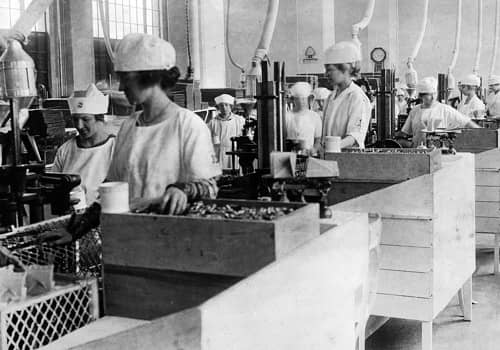
Above: Women manufacturing Jiffy-Jell at the Waukesha Pure Food Company. The product came in two parts – a package of gelatine and a fruit flavour in a small glass bottle – which were combined during preparation. These women appear to be assembling the fruit flavours in glass bottles.
Alcohol was used to preserve the fruit flavours and this became a problem after the passing of Wartime Prohibition Act (1918) and the beginning of Prohibition under the 18th Amendment (1920). When attempts to replace the alcohol preservative failed the company was sold in 1921.
Until the problems with alcohol, Jiffy-Jell had been an outstanding success. The company conducted an aggressive national marketing campaign which was, at least in part, written by Claude C. Hopkins (Schlachter, 1921, p. 148) and this may have been how Claude Hopkins came to know Otis Glidden. Following the sale of the Waukesha Pure Food Company in 1921, Otis was looking for new business opportunities and joined Edna Wallace Hopper and Claude Hopkins to establish Edna Wallace Hopper, Inc.
Edna Wallace Hopper cosmetics
Edna Wallace Hopper, Inc. was founded in 1922 in Waukesha, Wisconsin with Otis E. Glidden as its president and Edna Wallace Hopper as vice-president. G. Roy Glidden, the son of Otis E. Glidden, also played a role in the company and I assume Claude C. Hopkins had a hand in the company advertising. Promotion of the cosmetic line began in earnest in 1924, by which time the company had relocated from Waukesha to 536 Lake Shore Drive, Chicago, Illinois.
The company was founded at an opportune time. The 1920-1921 post-war depression that had created financial problems for Edna Wallace Hopper was coming to an end with 1922 marking the beginning of a sustained period of economic growth known as the ‘Roaring Twenties’, a period to which Edna Wallace Hopper, ‘The Eternal Flapper’, was ideally suited.
I have no evidence that the company manufactured its own cosmetics and they may have been produced entirely by private label firms. It is unlikely that the products were based on formulas provided by Edna Wallace Hopper as all the cosmetics were standard preparations for their time. Edna used her frequent trips to France to claim that her cosmetics were made using the latest scientific discoveries from European specialists. However, company advertising also mentioned secrets from famous beauties with Geneviève (Lucie) Lantelme [1883-1911] getting occasional mentions. As this famous French beauty drowned in 1911 she was not able to object to her name being used in this way.
The range was very limited and positioned at the cheaper end of the cosmetics market where sales volumes were very important. This meant that the brand depended heavily on advertising and the power of Edna Wallace Hopper to attract customers. Her vaudeville performances and department store appearances – which she continued through the 1920s – were therefore important to the success of the line.
Products
Initial products in the range consisted of three skin-care preparations – Facial Youth, a cleanser; Youth Cream, a skin cream; and White Youth Clay, a complexion clay – Hair Youth, a hair tonic, and two face powders. In keeping with Edna Wallace Hopper’s image of agelessness, a number of these had ‘Youth’ in their title.
White Youth Clay: “It purges the skin of all that clogs and mars it—of the causes of blackheads and pimples. It combats all lines and wrinkles. It brings blood to the skin to leave a rosy glow. Many women seem to drop ten years with one application. No girl or woman can look her best without the use of clay.”
Facial Youth: “A liquid cleanser. It contains no animal, no vegetable fat. It cannot assimilate in any way with the skin. It simply cleans to the depths, then departs.”
Youth Cream: “It contains a dozen ingredients, including all the best that science knows to foster, feed and protect the skin. Also products of both lemon and strawberry.”
Hair Youth: “I apply it with an eyedropper, directly to the scalp. It cleans and stimulates, feeds and tones.”
The skin cleanser, skin cream and hair tonic traded on Edna Wallace Hopper’s youthful complexion – skipping over her face-lifts – and full head of hair.
I could easily pass for twenty. I look, some say, like my own grand-daughter. School-boys flirt with me on the street.
My skin is like a baby’s. My complexion like a debutante’s. My hair is abundant, lustrous and silky. It has never begun to turn gray. I am young in body and in spirit, bubbly with vitality.(Edna Wallace Hopper, c.1923., p. 3)
The Youth Cream was manufactured in two forms: a cold cream type sold in jars; and a vanishing cream formulation sold in jars and tubes. A complexion clay was included as this type of cosmetic was very popular in the United States in 1922.
See also: Complexion Clays and the A.M.A.
The face powders came in two forms: Youth Cream Powder (heavy), a cold cream powder containing Youth Cream; and Face Powder (light). Both types of powder came in White, Flesh, and Brunette shades.
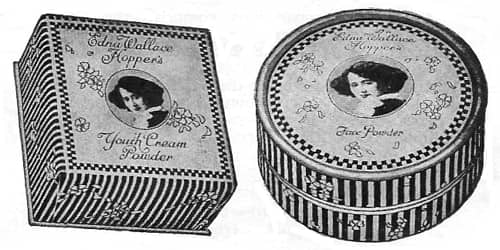
Above: Youth Cream Powder (left) and Face Powder (right) in White, Flesh and Brunette shades. This packaging appears to have been discontinued by 1925.
Also see: How I keep young at my grand old age (c.1923)
Later skin-care and make-up additions to the range included: No-Shine, an astringent cream; Freckle Cream; Youth Hand Lotion, for face, hands and arms; Liquid Nail Polish; Lipstick in Nature, and Brilliant shades; Eyelash-Eyebrow Beautifier; and Compact Rouge in Nature, Orange-Kiss, and Brilliant shades.
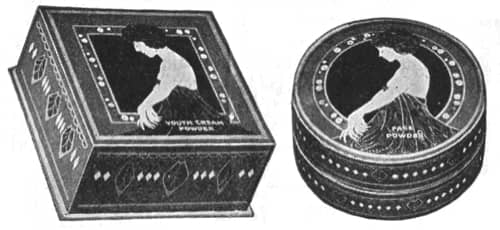
Above: Youth Cream Powder (left) and Face Powder (right) in White, Flesh, Brunette, and Peach shades in new boxes introduced in 1925.
Added toiletries included Youth Cream Beauty Soap, Toilet Powder, Cream Deodorant, Beauty Talc, Hair Remover (Depilatory), Eye Bath, and Quindent toothpaste, which took its name from its five actions (cleanser, antiseptic, antacid, deodorant, and polisher), as well as assorted hair-care products.
Men
Edna Wallace Hopper suggested that many of her products could also be used by men including No Shine, Beauty Talc, Eye Bath, and White Youth clay. More specifically, Hair Youth could stop falling hair, Facial Youth could soften a beard before shaving, and Youth Cream or Youth Lotion could be used after shaving.
Also see: My Beauty (c.1926)
Affiliated Products
In 1929, Edna Wallace Hopper, Inc. combined with Kissproof, Inc. to form Hopper-Kissproof, Inc. A further amalgamation took place in 1930 when Hopper-Kissproof combined with Louis-Philippe, Inc. and Neet, Inc. The new company was to have been called Superior Products but after the exchange of shares took place it became Affiliated Products. Otis E. Glidden was made president of the new company and G. Roy Glidden became its secretary and treasurer. G. Roy Glidden died in 1934 and was followed by his father Otis E. Glidden in 1935. The following year Affiliated Products became a group within the American Home Products, a corporation established in 1926.

Above: 1930 Edna Wallace Hopper Youth Cream.
In 1931, Affiliated Products bought Curran Products the makers of the Jo-Cur hair-care range. Combining Edna Wallace Hopper with Kissproof, Neet, Louis-Philippe, and Jo-Cur was followed by a rationalisation of the Edna Wallace Hopper product range to remove overlaps with lines from other companies within the group and to make the function of the products clearer. For example, Edna Wallace Hopper lipsticks and depilatories disappeared as other companies in the group had better selling lines and the Facial Youth, Youth Cream (cold and vanishing types) and No-Shine were replaced/rebadged as Cleansing Cream, Restorative Cream, Vanishing Cream, and Ban Shine.

Above: 1936 Edna Wallace Hopper cosmetics from a Sears-Roebuck catalogue. Super-Cling powder (Flesh, Natural, Rachel, and Dark Rachel shades) was added to Edna Wallace Hopper Face Powder (Flesh, Natural, Brunette, and Dark Rachel shades) and Youth Cream Powder (Flesh, Brunette, and Dark Rachel shades).
Cosmetics sold by Affiliated Products included:
Restorative Cream: “Resupplies the skin with ‘Oils of Youth’ to banish wrinkles and crow’s feet”.
Cleansing Cream: “Melts quickly; penetrates every pore and cleanses them of all make-up, dust and grime”.
Vanishing Cream: “The perfect foundation for make-up. Provides all-day protection for your complexion”.
White Youth Pack: “A delightful clay compound to rid your skin of blackheads and enlarged pores”.
Super Bland Astringent: “A refreshing preparation to stimulate and ‘tone’ the face. Ideal for oily skin”.
Facial Youth: “A liquid oil cleanser to insure an immaculate skin”.
Ban Shine: “Astringent cream that ends all shine on nose and forehead”.
Muscle Oil: “Restores youthful resiliency to the skin. Especially good for ‘Crow’s feet’ and tiny wrinkles around the mouth”.
Super Cling Powder: “Scientifically blended to suit every complexion. Will not dry the skin. Five delightful shades”.
Kissproof Lipstick: “Blends perfectly with the natural tones of the skin. The original waterproof lipstick that stays on no matter what you do”.
Kissproof Cream Rouge: “For lips and cheeks. Gives color-harmony to your make-up”.
Kissproof Rouge Compact: “True shades exactly matching nature’s own coloring as it shows through the skin”.
Kissproof Face Powder: “Brings you the allure of movie stars. Blended to become a true part of your make-up scheme”.
Neet: “The cream hair remover that really gets rid of ‘razor stubble’ and coarsened re-growth”.
Jo-Cur Waveset: “Give yourself the allure of a perfect finger-wave—in your own home”.
Jo-Cur Henna Rinse: “Gives an even, natural color to dull or faded hair—not a dye”.
Jo-Cur Shampoo: “Cleanses thoroughly, leaves the hair smooth and glossy. Will not dry the scalp”.
Jo-Cur Brilliantine: “Holds the hair firmly in place. Ideal for use after shampoo”.
Jo-Cur Hot Oil Treatment: “A scientific treatment to banish dandruff. Nourishes the scalp and checks falling hair surprisingly”.
Jo-Cur Trublond Shampoo: “A shampoo that restores the golden sparkle and lustre of blond hair”.
Hopper’s interest in the stock market saw her lose money again in the 1929 stock market crash and once more she geared up to promote herself and her cosmetics. In 1930, she returned from France with Ferdinand Grip an acrobatic dancer from the Casino de Paris and gave acrobatic adagios to prove to the world that “she was young in body and that she was supple of limb and flexible of muscle” (Lazar, 1931, p. 95). She also began syndicated radio broadcasts on the National Broadcasting Company (NBC) four afternoons each week discussing assorted beauty topics.
As well as promoting her own line, Hopper was used by Affiliated Products to promote other cosmetics from the group, most notably Kissproof lipsticks. Hopper felt that she should be compensated for this additional use of her name and in 1938 she sued for US$200,000 but lost the court case.
By this time her link with the Affiliated Products group was becoming tenuous. Her name continued to appear on a number of products right up until the 1960s but her interest had moved once more into stocks and shares. This time, rather than relying on the advice of others, she made her own decisions. She was so successful in increasing her capital that L. F. Rothschild & Company of New York set aside a desk in their office for her and she became the firm’s first female stockbroker (Carey, 2011, p. 213).
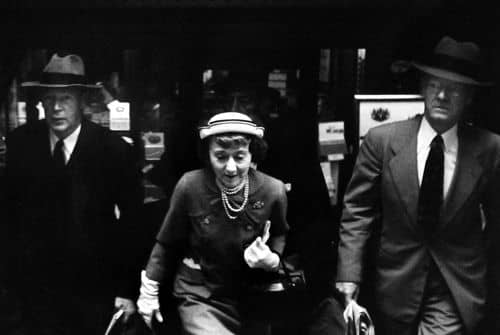
Above: 1953 Edna Wallace Hopper coming out of a subway on her way to work at L. F. Rothschild & Company (LIFE).
She continued to work selling stocks and bonds until just before her death in 1959. In 1953, she made one last appearance on stage at a show marking the closure of the New Empire Theatre in New York which was being demolished to make way for a skyscraper (‘The sun never sets on Edna’, 1953, p. 121).
Timeline
| 1922 | Edna Wallace Hopper established in Waukesha, Wisconsin. |
| 1924 | Company headquarters established at 536 Lake Shore Drive, Chicago; begins magazine advertising. |
| 1929 | Kissproof company acquired; Hopper-Kissproof, Inc. formed. |
| 1930 | Hopper-Kissproof, Louis Philippe, and Neet amalgamate to form Affiliated Products, Inc. |
| 1930 | Affiliated Products acquires Curran Laboratories, Inc. |
| 1931 | Edna Wallace Hopper packaging updated. |
| 1936 | Affiliated Products acquired by American Home Products. |
| 1942 | New Products: Homogenized Facial Cream. |
First Posted: 21st February 2017
Last Update: 28th March 2023
Sources
Carey, C. W. (2011). American inventors, entrepreneurs & business visionaries (Rev. Ed.). New York: Facts On File, Inc.
Edna Wallace Hopper. (c.1923). How I keep young at my grand old age [Booklet]. Chicago: Author.
Edna Wallace Hopper. (c.1926). My beauty. How I won it as a girl. How I kept it at my age [Booklet]. Chicago: Author.
Edna Wallace Hopper Cosmetics – created by exploding Jello. (2015, March 30). Retrieved February 3, 2015, from http://collectingvintagecompacts.blogspot.com.au/2010/10/edna-wallace-hopper-created-by.html
Haynes, W. (Ed.) (1949). American chemical industry. The chemical companies (Vol VI). New York: D. Van Nostrand Company, Inc.
Hopkins, C. C. (1927). My life in advertising. New York: Harper & Brothers.
Lazar, A. B. (1931), Sweet six-ty. Radio Digest. July-August, 72-73, 95.
Schlacter, J. M. (1921). A Letter That Made a Hit With Jobber Salesmen. The Mailbag, 5(5), 148-148.
Strang, L. C. (1900). Prima donnas and soubrettes of the light opera and musical comedy in America. Boston: L. C. Page and Co.
The sun never sets on Edna, (1953). LIFE. June 8, 121-124. New York: Time, Inc.
Weekly Drug Markets. (1916). April 19, 2(32).
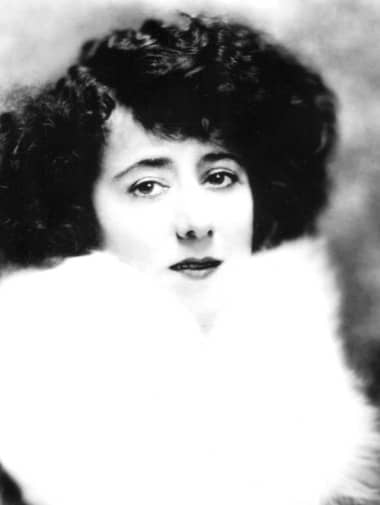
Edna Wallace Hopper [c.1872-1959]

Otis E. Glidden [1871-1935]
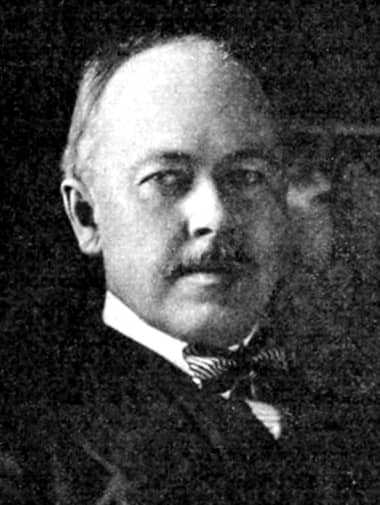
Claude C. Hopkins [1866-1932]
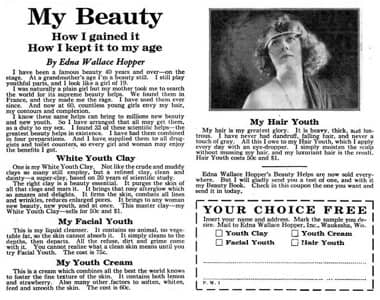
1924 Edna Wallace Hopper.

1925 Edna Wallace Hopper.

1925 Edna Wallace Hopper Face Powders.

1925 Edna Wallace Hopper.
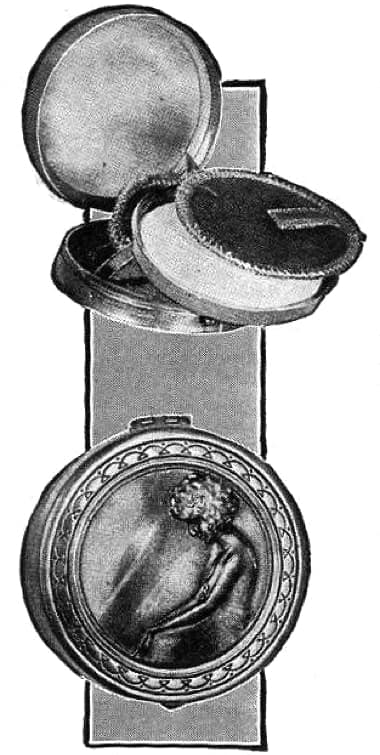
c.1925 Edna Wallace Hopper Double Compact manufactured by the Zinn Corporation embossed with an image introduced in 1925. Compact powder in Blonde, Peach, and Brunette shades. Compact Rouge in Nature, and Orange-Kiss shades.
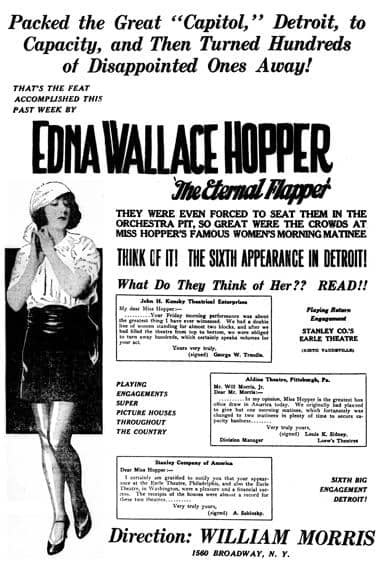
1926 Edna Wallace Hopper ‘The Eternal Flapper’.
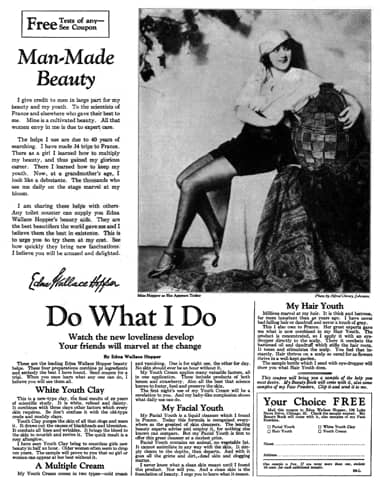
1926 Edna Wallace Hopper.
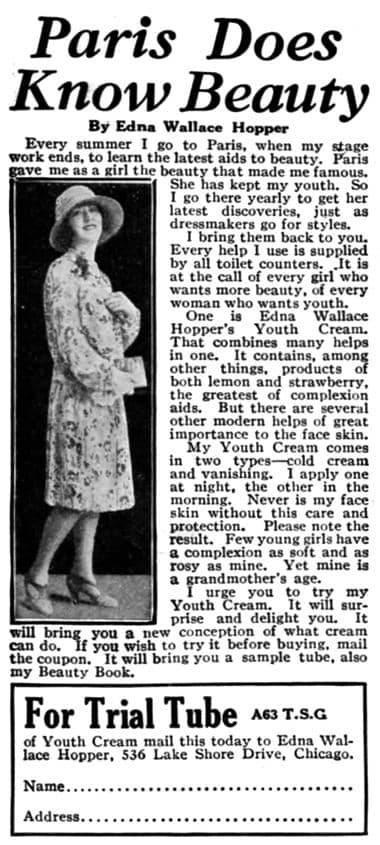
1927 Edna Wallace Hopper Youth Cream.
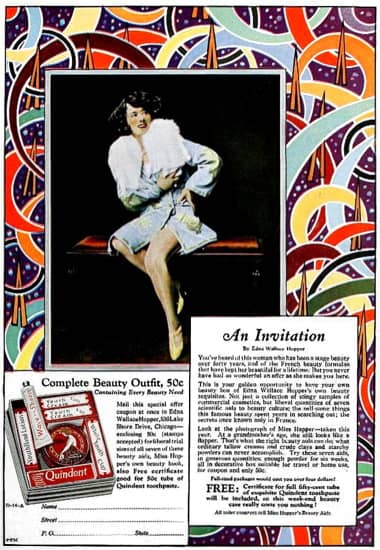
1928 Edna Wallace Hopper Complete Beauty Outfit.
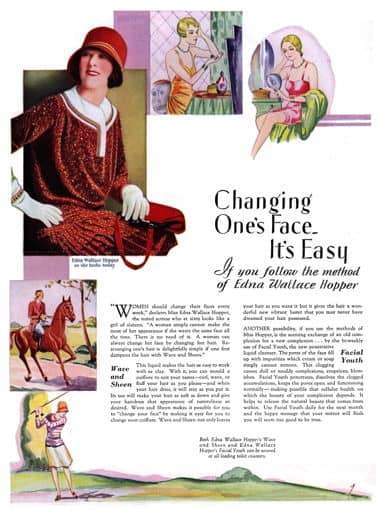
1929 Edna Wallace Hopper.
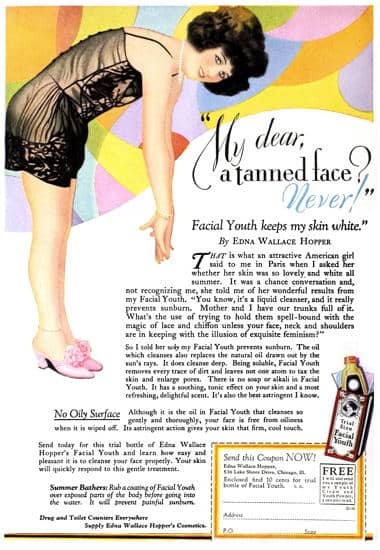
1929 Edna Wallace Hopper Facial Youth.
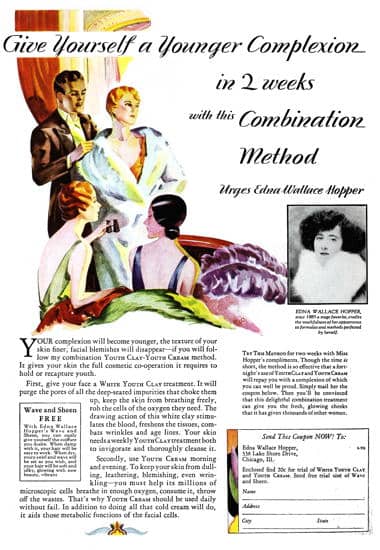
1930 Edna Wallace Hopper Combination Method.
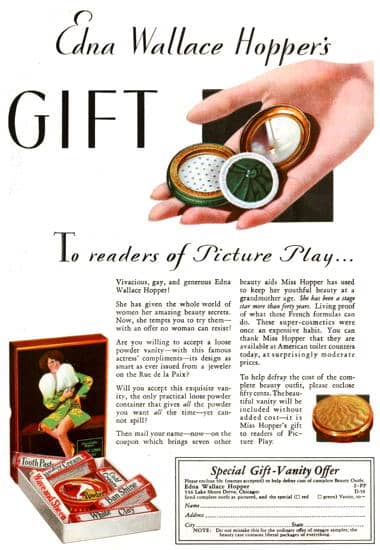
1930 Edna Wallace Hopper.
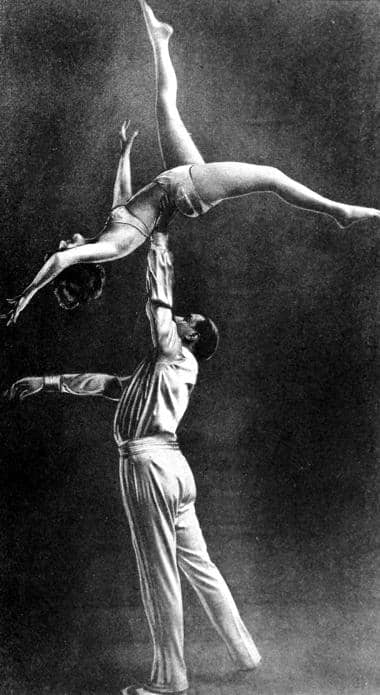
1931 Edna Wallace Hopper in an acrobatic adagio with Ferdinand Grip.

Edna Wallace Hopper Special Restorative Cream in new packaging introduced in 1931.
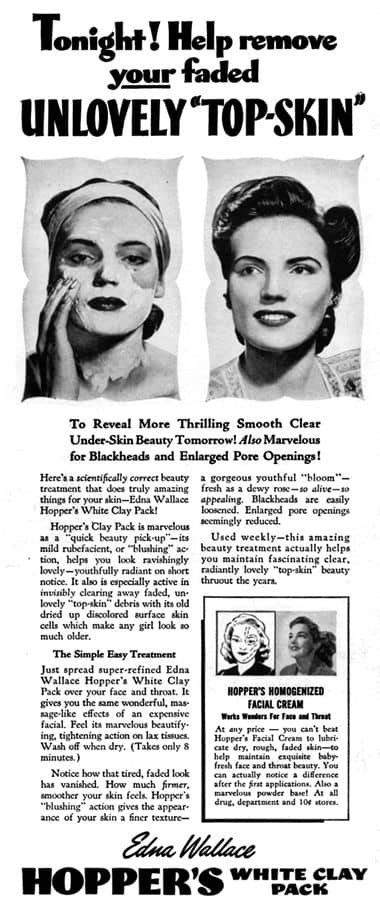
1943 Edna Wallace Hopper White Clay Pack. Hopper’s Homogenized Facial Cream was a new product introduced at about this time.
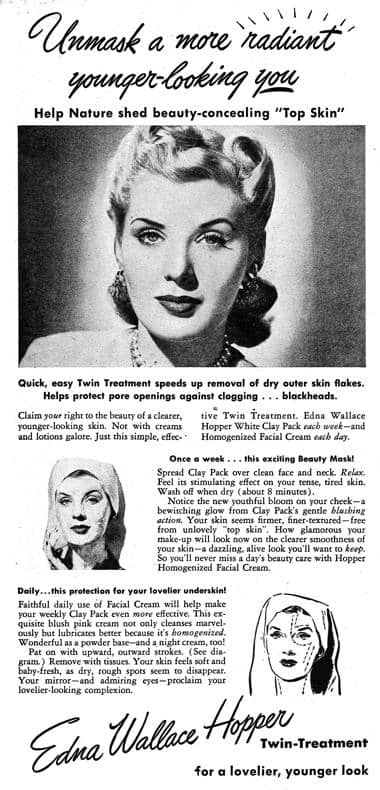
1946 Edna Wallace Hopper Twin Treatment.
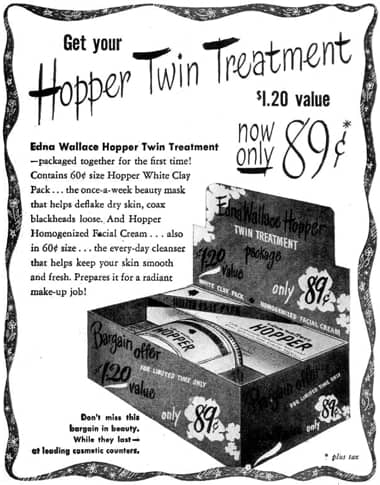
1946 Edna Wallace Hopper Twin Treatment.

1960 Edna Wallace Hopper.
